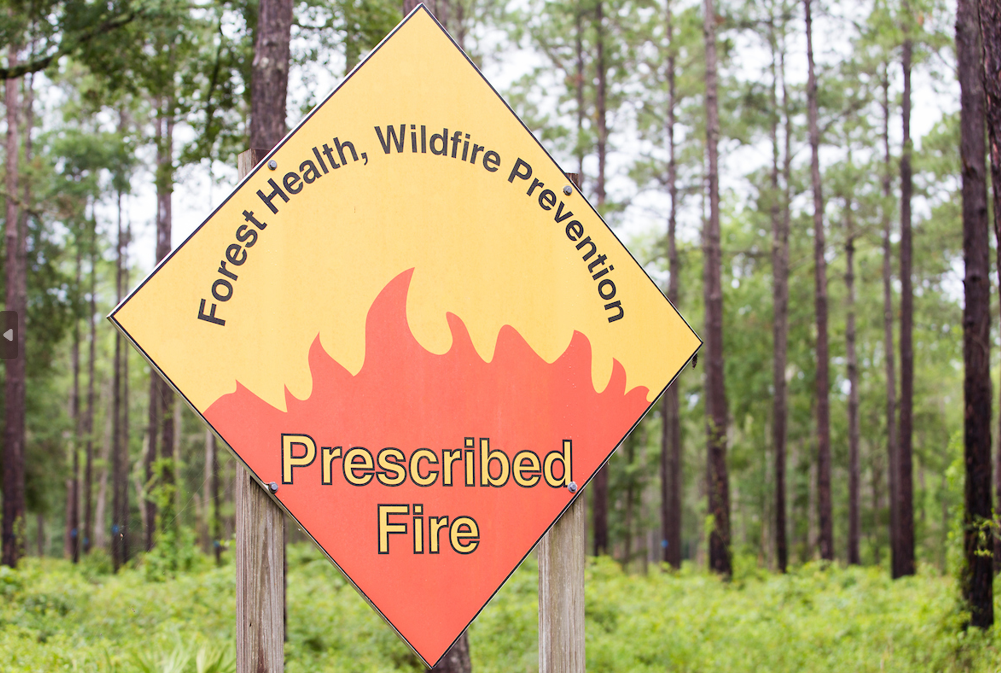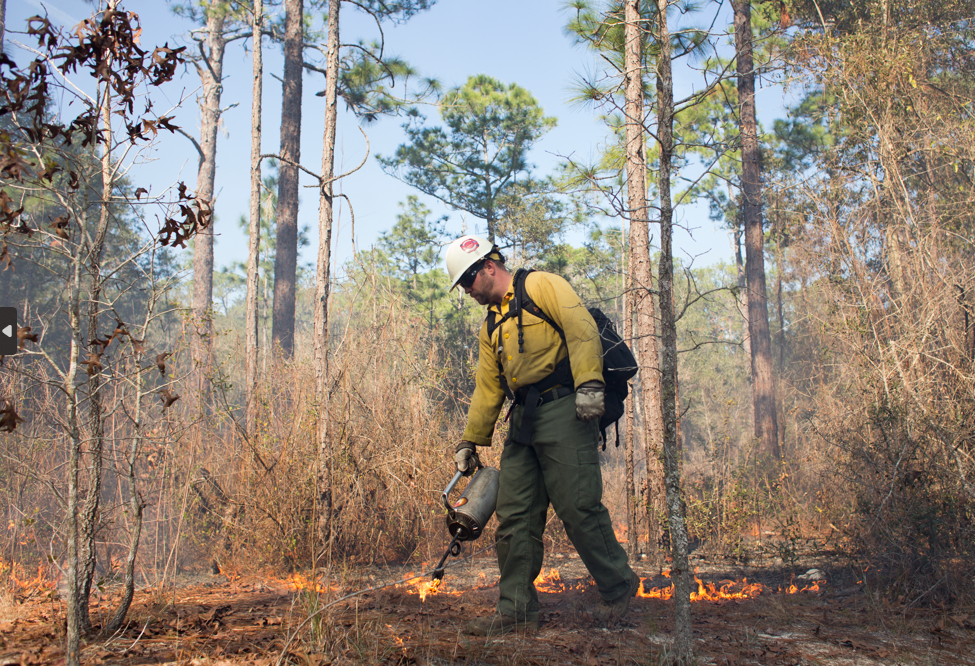When Edward Beadel purchased Hickory Hill Plantation, north of Tallahassee, Florida, in 1895, he saw an opportunity for a seasonal escape from the confines of his native New York City. The wide tracts of longleaf-wiregrass forests just south of the Georgia border were a fair trade for the famous skyline and concrete jungle.
The Beadel family enjoyed the more than 2,000 acres of property for game hunting and outdoor recreation for decades. However, they began to observe a sharp decline in the local quail population.
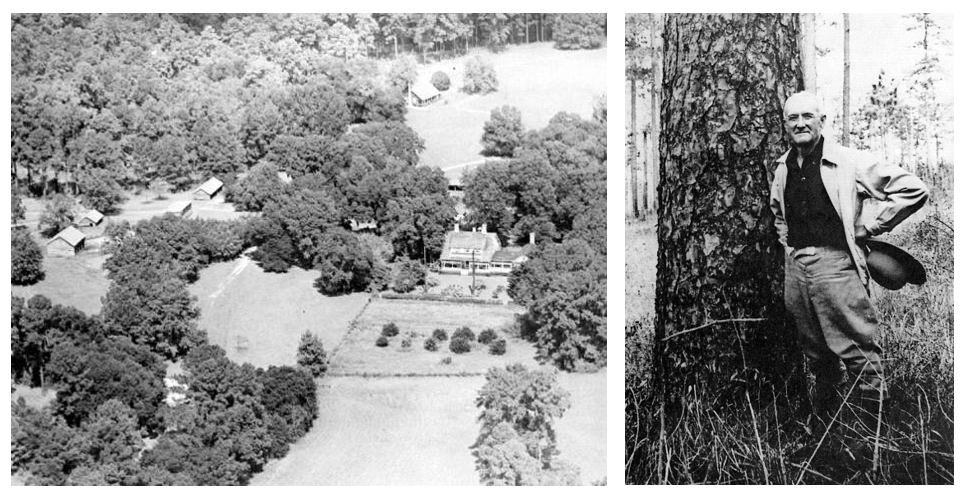
A Fiery Misconception
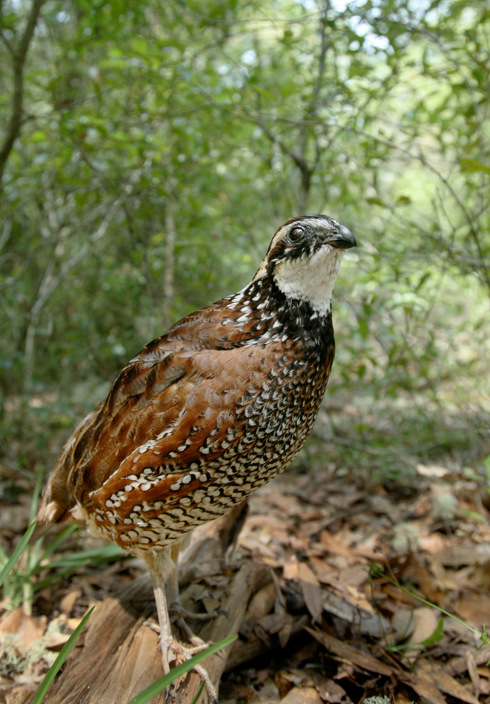
The Beadels weren’t the only ones to notice this decline. In 1924, Herbert Stoddard, an ornithologist from Wisconsin, was recruited by the US Bureau of Biological Survey to investigate why the northern bobwhite quail was disappearing from North Florida and South Georgia.
What he discovered was surprising: Quails need fire!
Regular burns by sharecroppers in the region had been keeping the grassy habitat just right for the prized game birds. As sharecropping decreased, so did quail populations. When landowners noticed fewer quails, they mistakenly thought wildfires were destroying quail habitat. They suppressed burns even further, exacerbating the problem and creating a tinderbox for uncontrollable wildfire.
A Natural Tool for Forest Management
Thanks to Stoddard and other scientists, today we understand that prescribed fire is a vital land management tool that mimics Florida’s natural fire cycles caused by lightning strikes. Small, regular fires reduce the risk of large, devastating wildfires by preventing the build-up of dead leaves and other plant material on the forest floor.
Without fire, pine flatwoods can change into a different type of habitat, a hardwood forest, which is not as suitable for species like the bobwhite quail and gopher tortoise. Fire also signals some plants to produce flowers, seeds and fruit. Some Florida pinecones even require fire to open!
Tall Timbers Research Station and UF Partnership
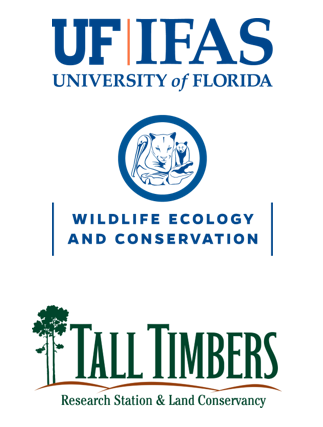 In 1963, the Beadel family established the Tall Timbers Research Station in Tallahassee, with Herbert Stoddard as one of its principal researchers. Due to researchers’ efforts, the Tall Timbers Research Station is widely considered the home for the study of fire ecology and prescribed burns to aid in land management.
In 1963, the Beadel family established the Tall Timbers Research Station in Tallahassee, with Herbert Stoddard as one of its principal researchers. Due to researchers’ efforts, the Tall Timbers Research Station is widely considered the home for the study of fire ecology and prescribed burns to aid in land management.
In 2019, Tall Timbers created the Tall Timbers Research Station Fire-Wildlife Fund at the University of Florida Institute of Food and Agricultural Sciences (UF/IFAS). The fund supports research and Extension activities by UF/IFAS Department of Wildlife Ecology and Conservation (WEC) graduate students and faculty exploring the ecological relationships between fire and wildlife diversity in Florida and the Southeast.
“This partnership was made possible with the leadership of Bill Palmer, president and CEO of Tall Timbers Research Station and Land Conservancy,” says Eric Hellgren, WEC department chair.
Growing Support

In the years since, additional donors — some with close relationships to both Tall Timbers and UF/IFAS — have made additional commitments to enhance the fund and expand the work of WEC students and faculty.
“This fund is a great example of the importance of growing relationships with other organizations and constituents whose goals align with the mission of IFAS,” says Marcus Lashley, WEC associate professor. “Not only have they supported IFAS, but the relationships have also continued to strengthen and continue to provide additional support for the future.”
Gifts from Tall Timbers and others have supported the research of one Ph.D. and two M.Sc. graduates from the Lashley Lab and another M.Sc. student nearing completion, as well as multiple students in other WEC labs.
Commitment to the Future
The science behind prescribed fire and the benefit it provides to the local ecology is complex. We continue to uncover more about the natural interactions between fire, regrowth and wildlife through the researchers who continue the work of people like Herbert Stoddard.
Tall Timbers and WEC are committed to understanding these interactions to provide insight to landowners, land managers and the public about best practices for land stewardship. Through the Tall Timbers Research Station Fire-Wildlife Fund, UF/IFAS is training the next generation of ecologists to continue the legacy of the fire research pioneers.
The “How it Happened” series showcases the transformational gifts made by donors to UF/IFAS during the University of Florida’s Go Greater Campaign. To learn more about creating your own impact through UF/IFAS programs with a charitable gift, please visit our website at give.ifas.ufl.edu or call the UF/IFAS Advancement Office at 352-392-1975.
 0
0
